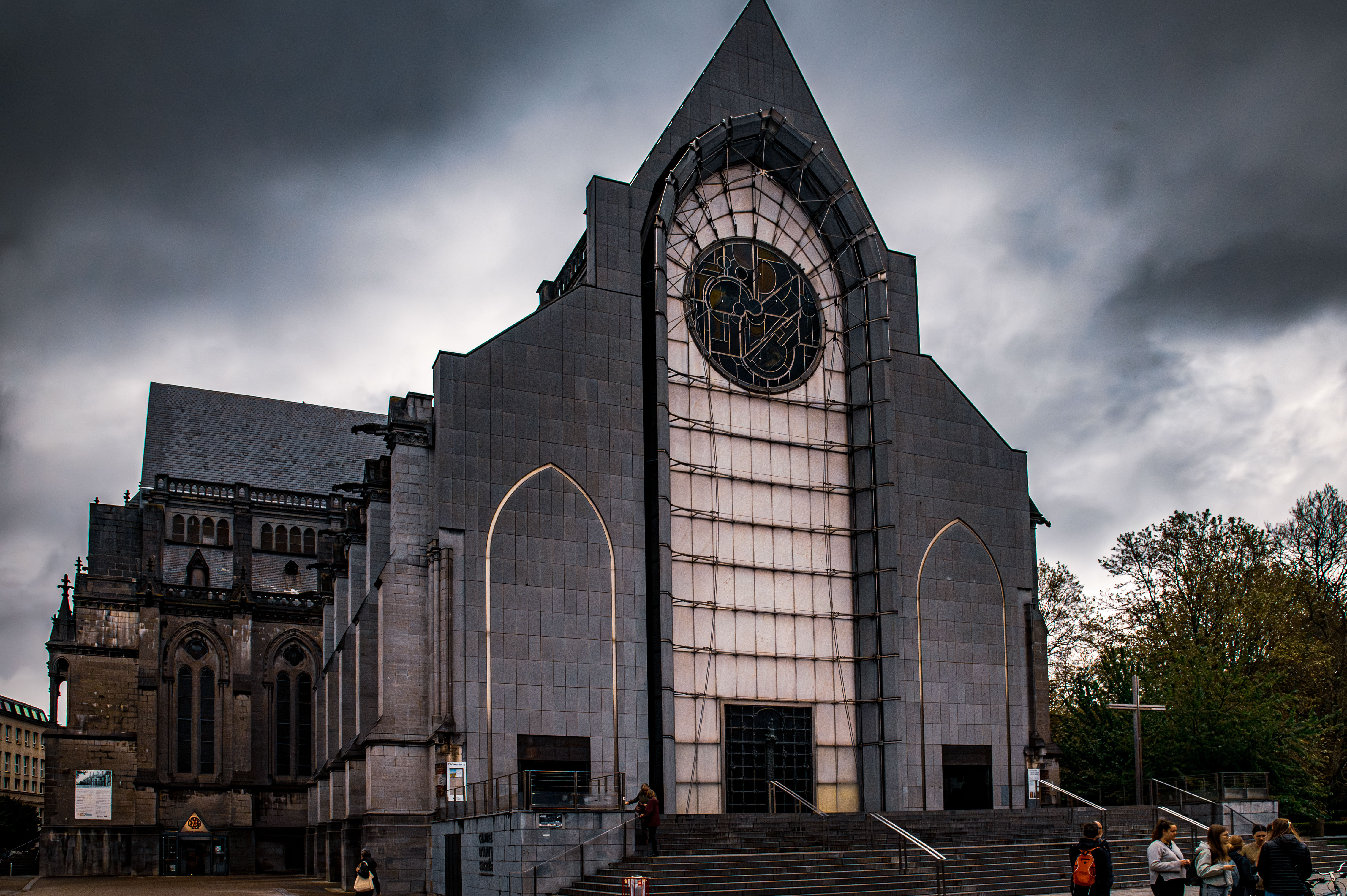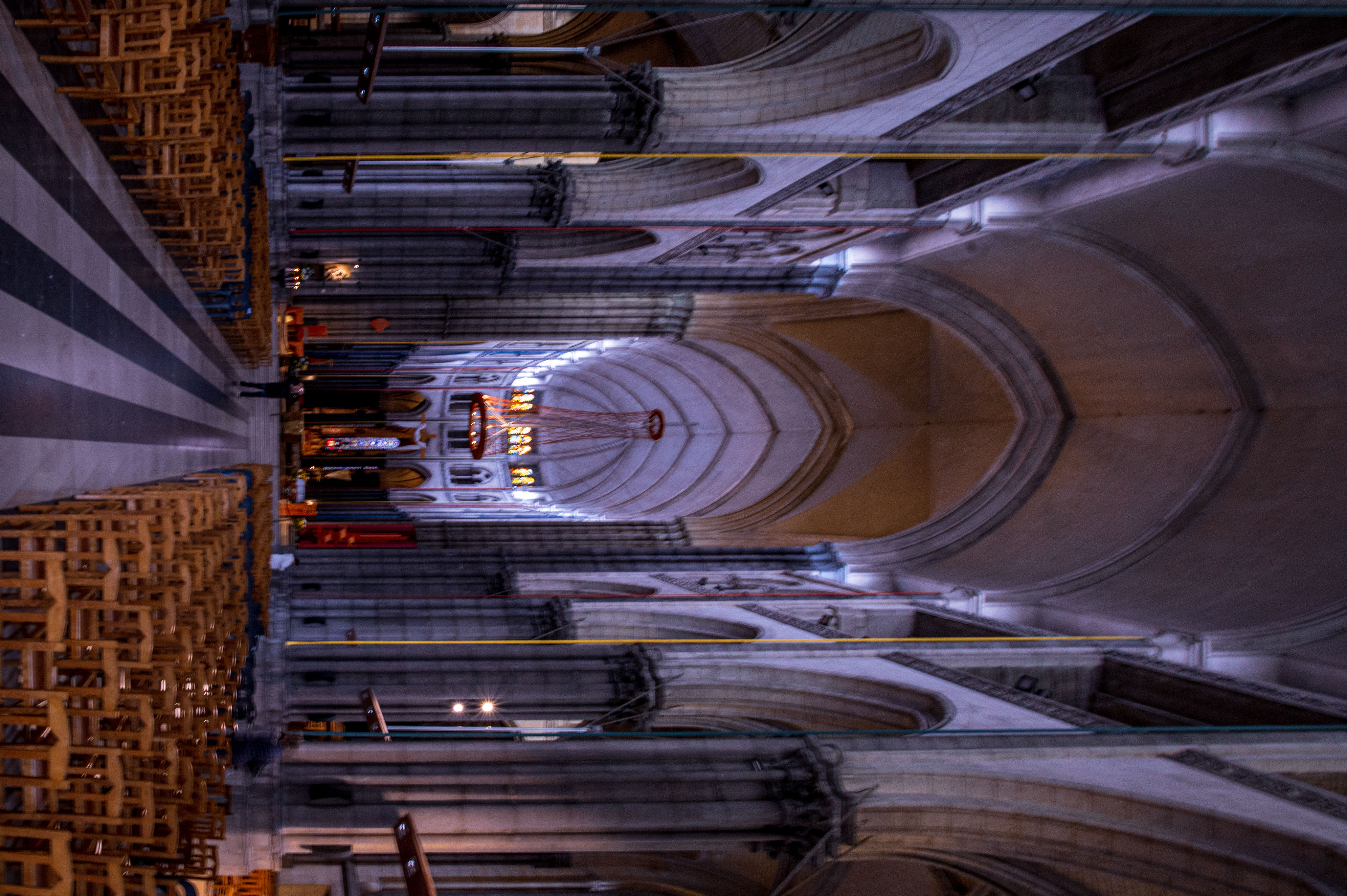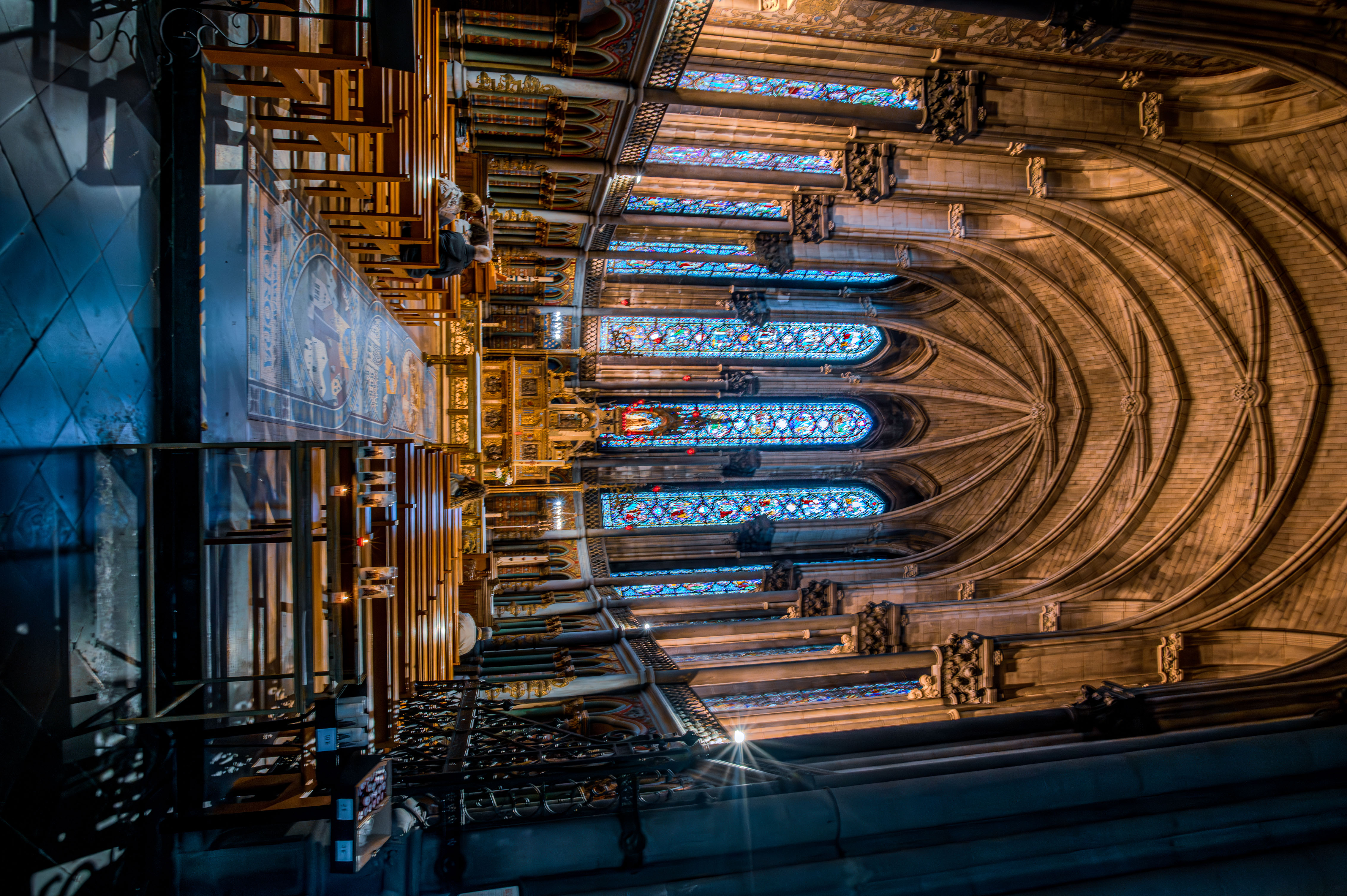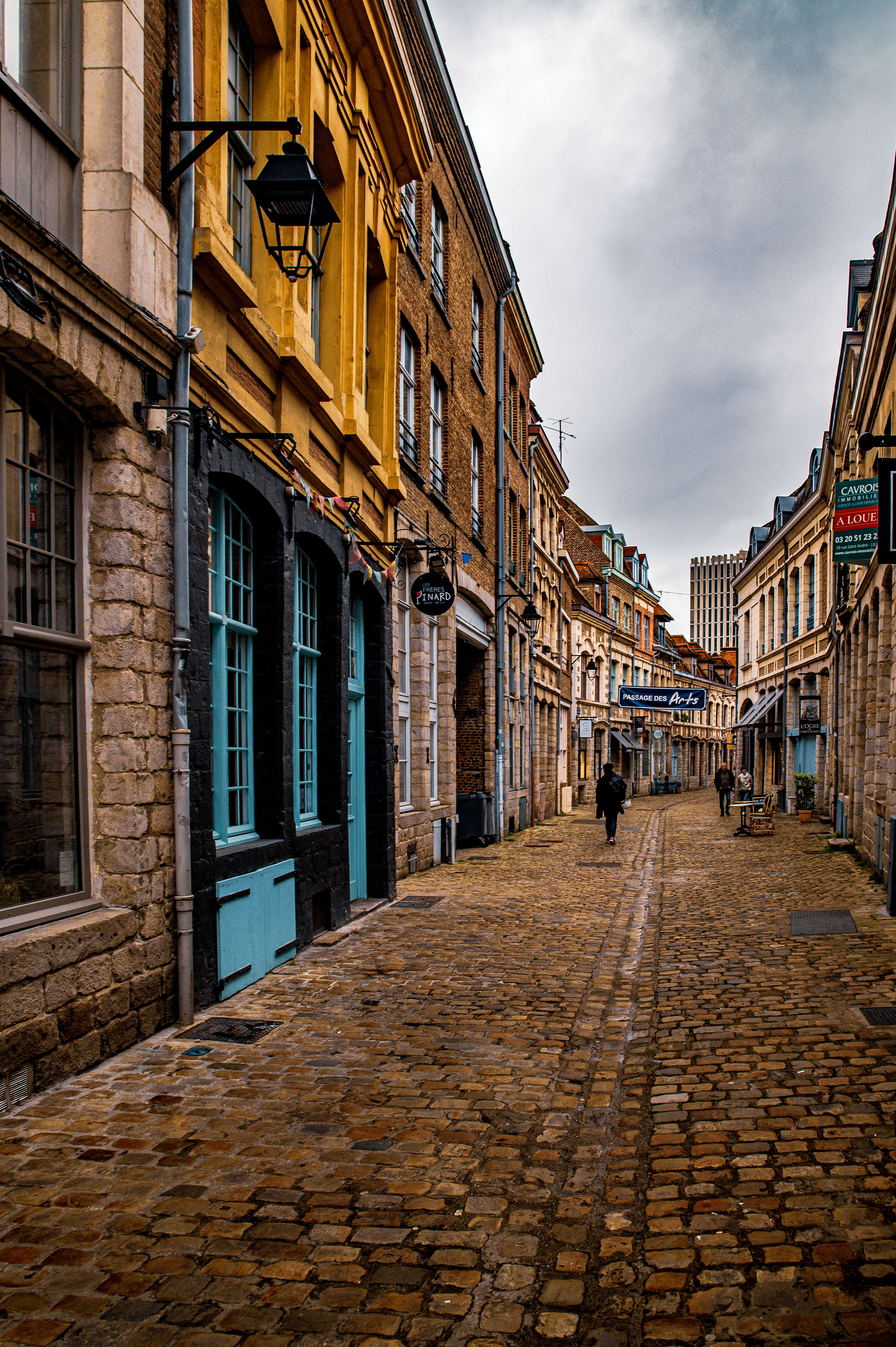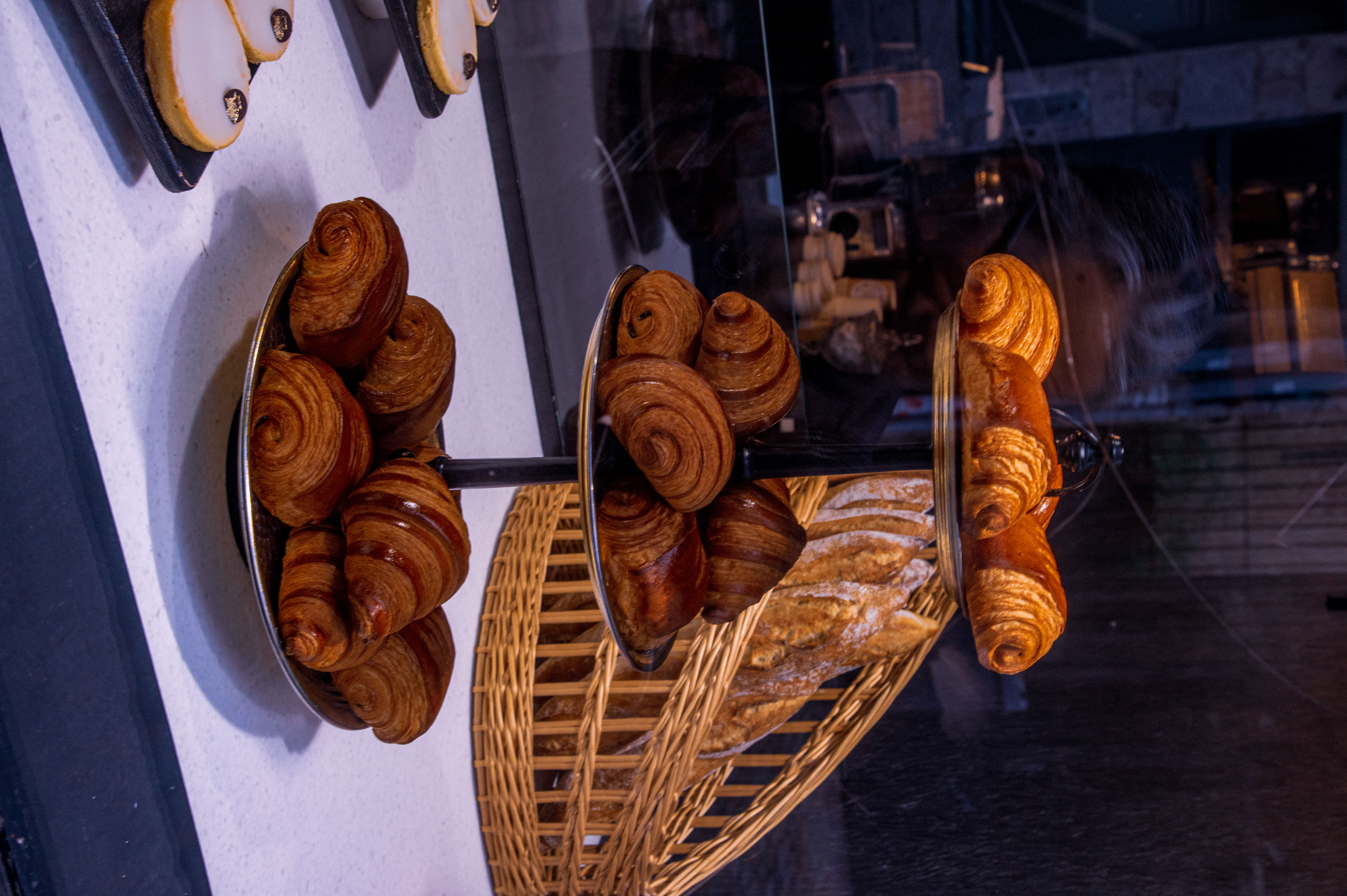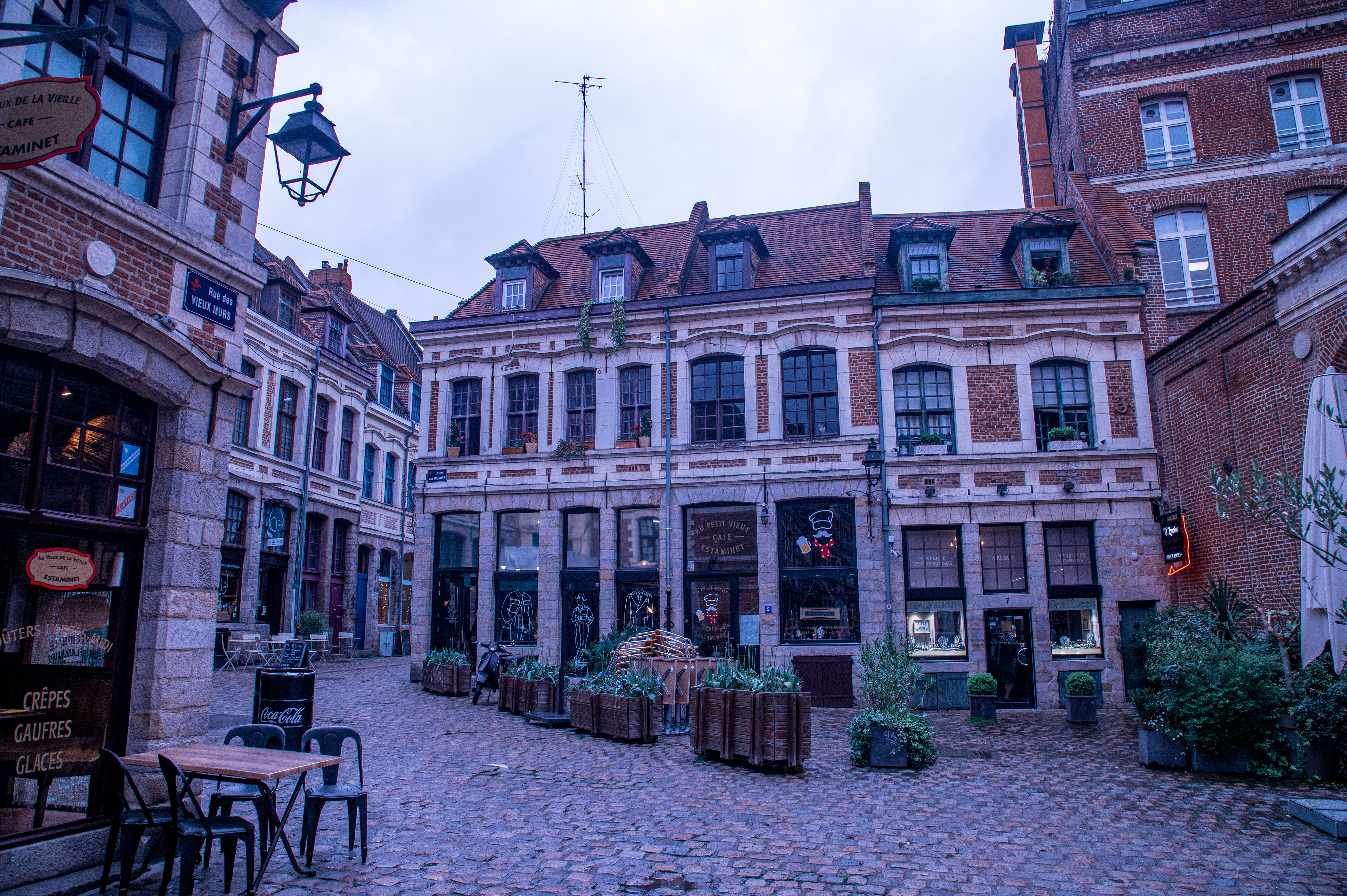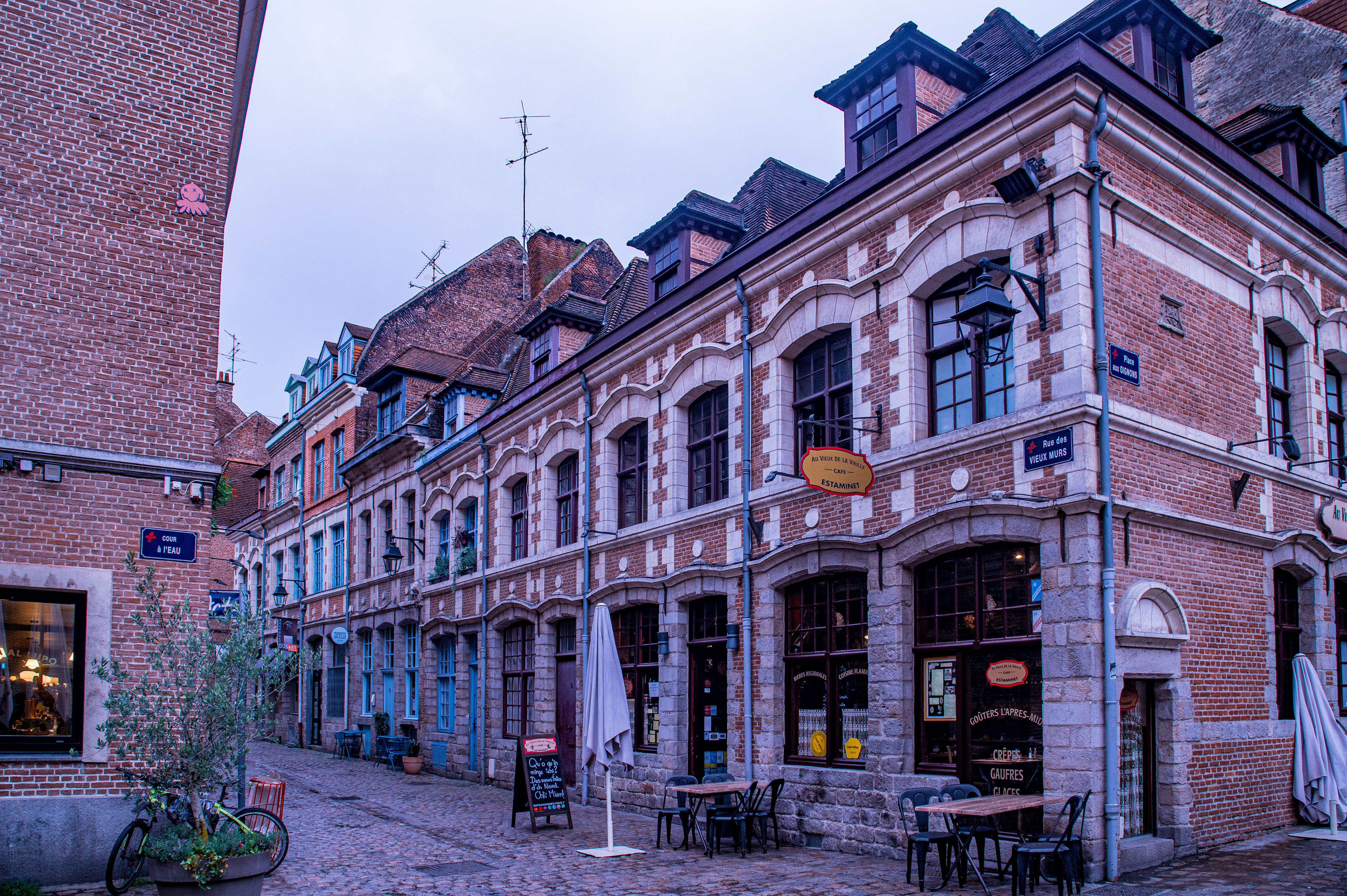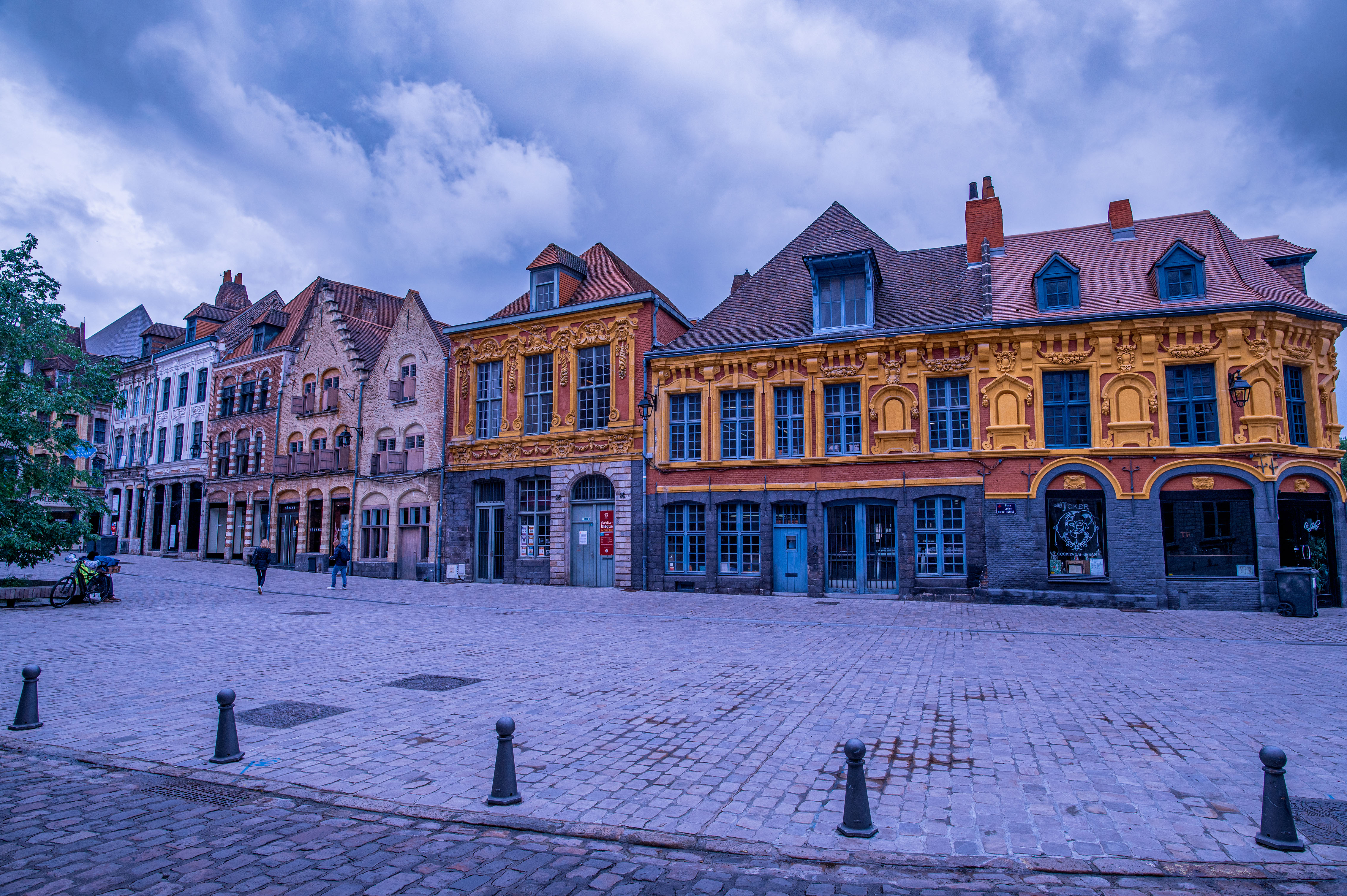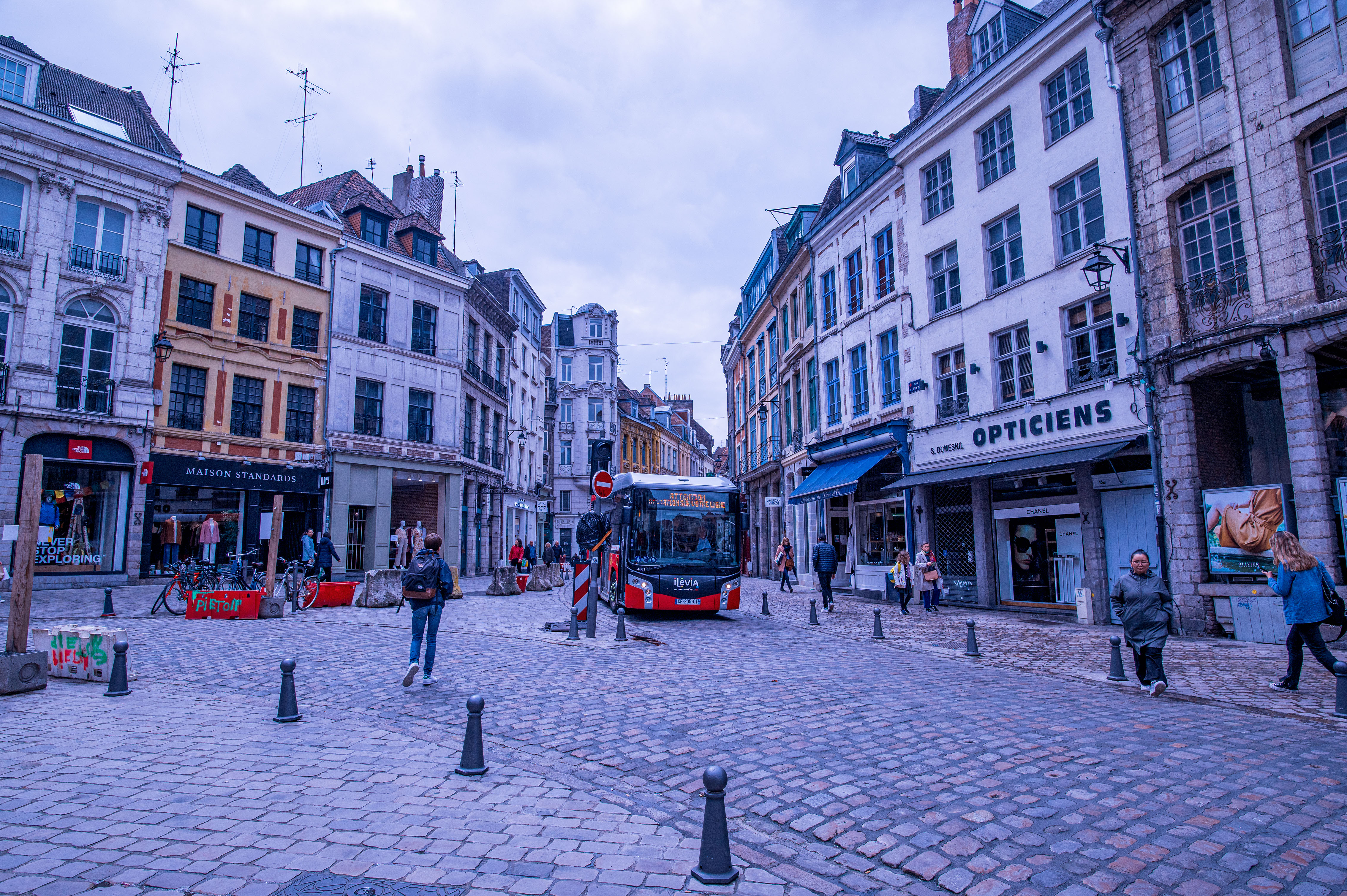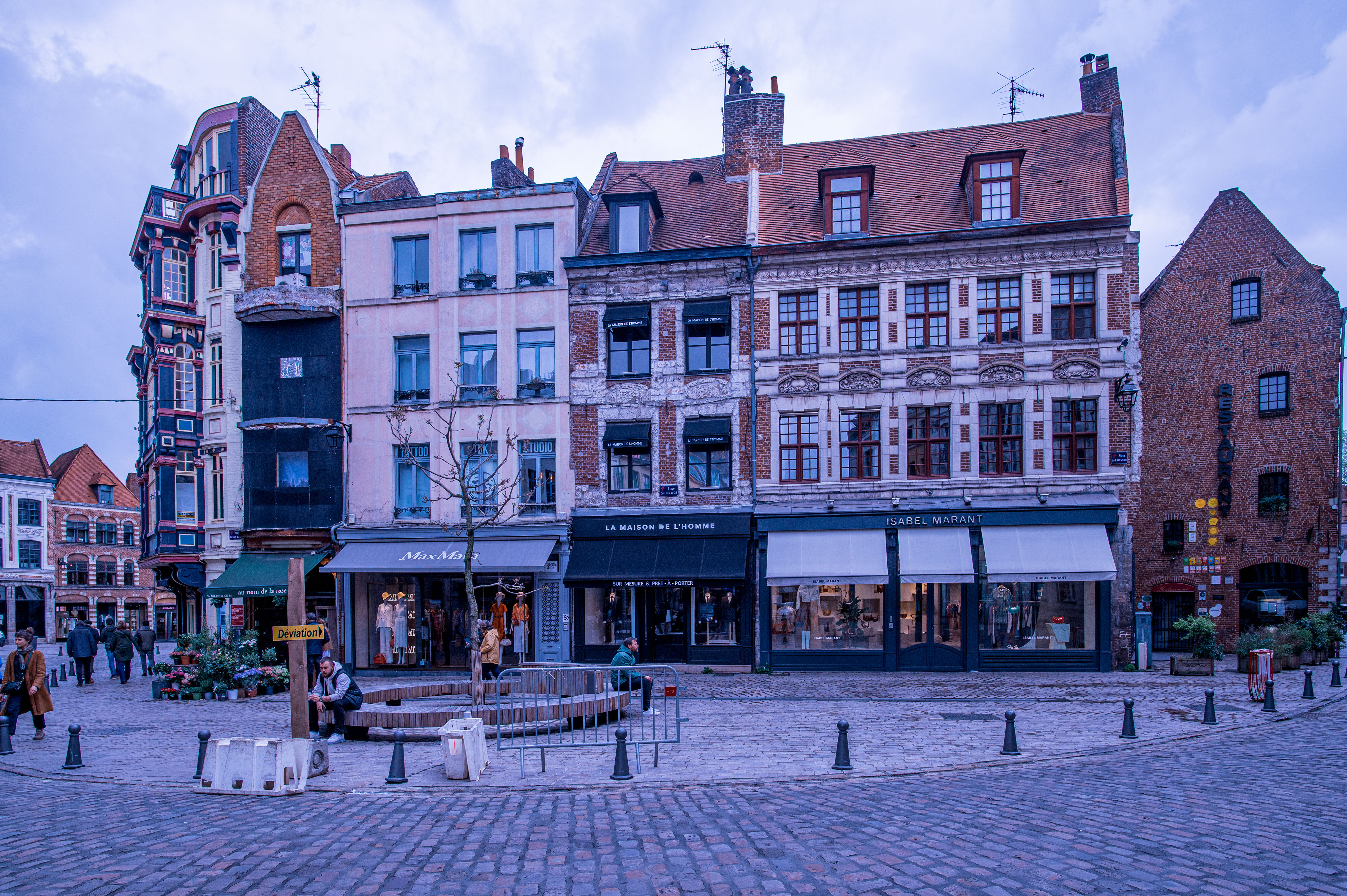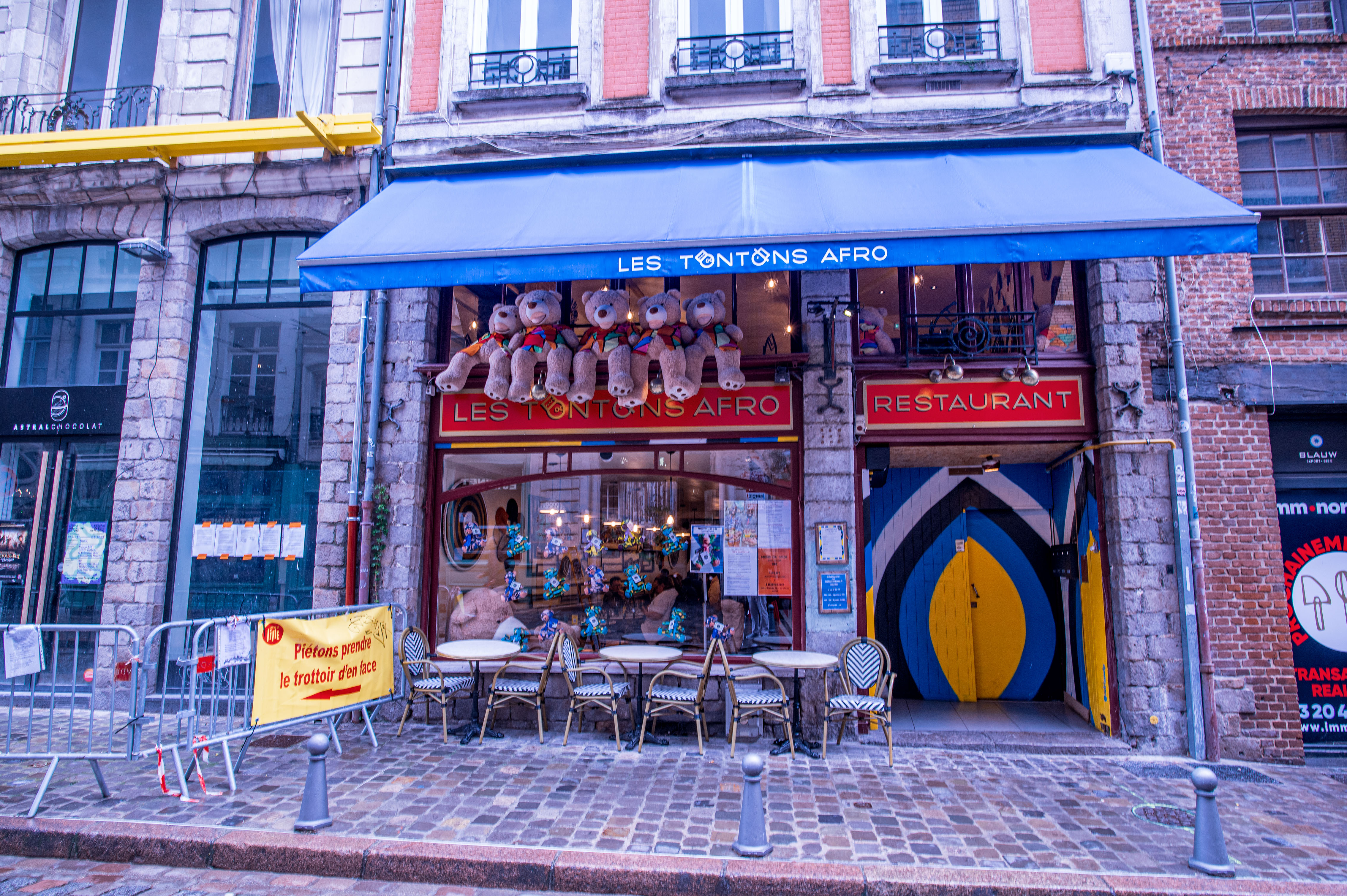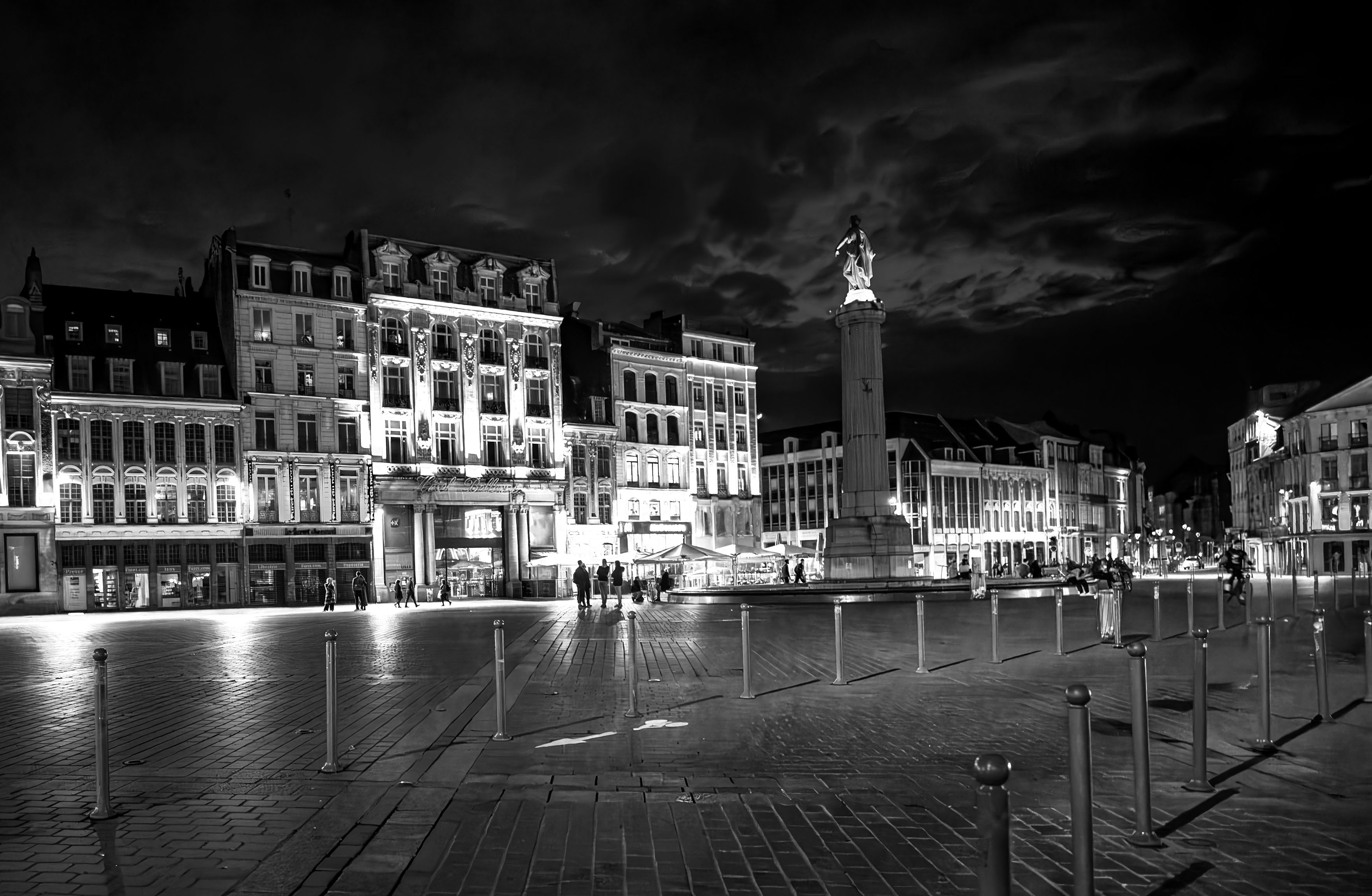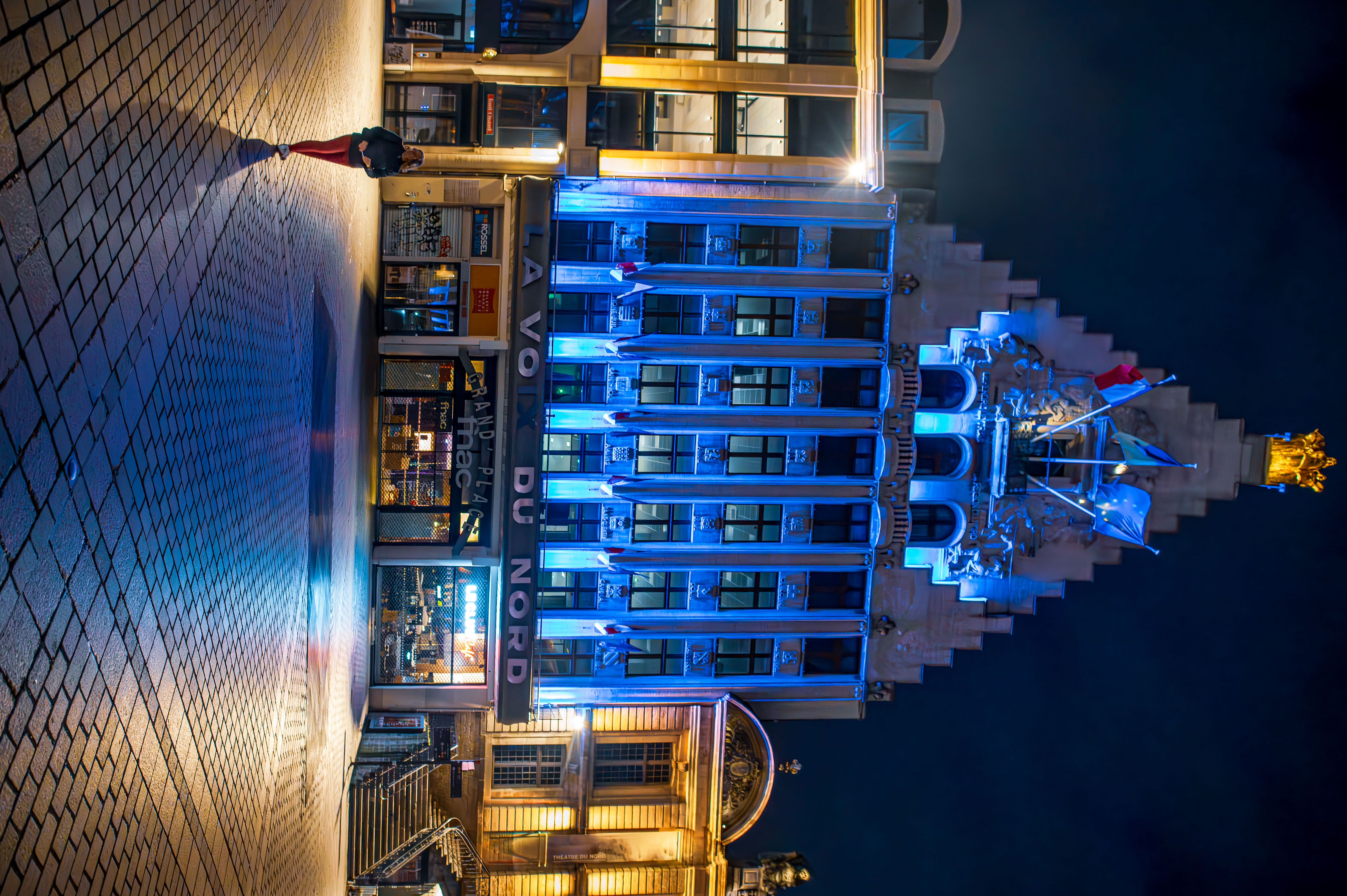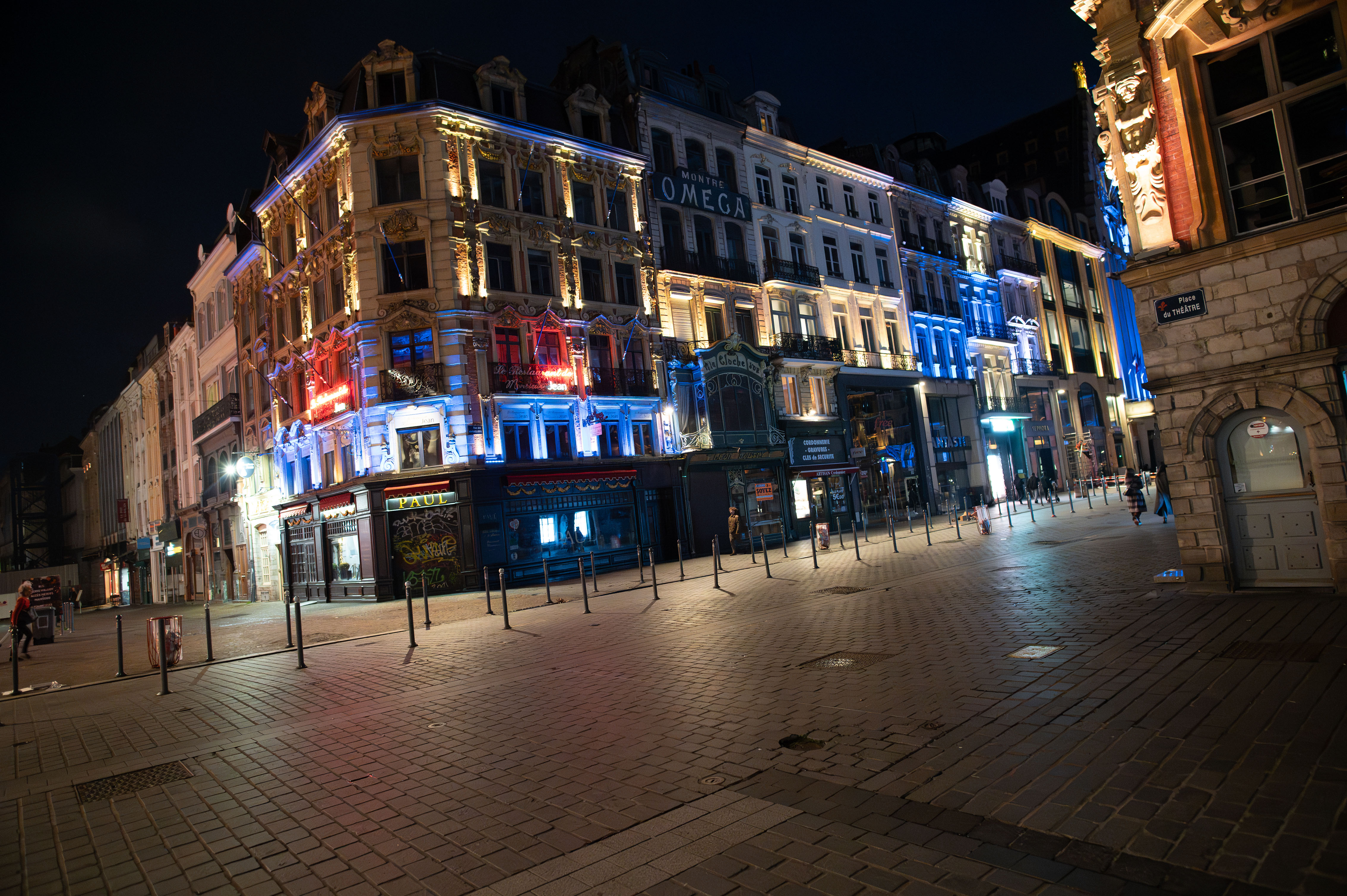Le Vieux Lille
Rue des Vieux Murs ,
Lille ,
Hauts-de-France ,
59800 ,
France
Rue des Vieux Murs ‐ photo by Michael Gaylard ,
May 10th , 2023
©www.mgaylard.co.uk .
Rue_des_Vieux_Murs_D780_05102023_989.jpg
L'Ogre de Carrouselberg ‐ photo by Michael Gaylard ,
May 10th , 2023
©www.mgaylard.co.uk .
LOgre_de_Carrouselberg_D780_05102023_993.jpg
Rue des Vieux Murs ‐ photo by Michael Gaylard ,
May 10th , 2023
©www.mgaylard.co.uk .
Rue_des_Vieux_Murs_D780_05102023_991.jpg
L'Ogre de Carrouselberg ‐ photo by Michael Gaylard ,
May 10th , 2023
©www.mgaylard.co.uk .
LOgre_de_Carrouselberg_D780_05102023_992.jpg
Rue des Vieux Murs in monochrome ‐ photo by Michael Gaylard ,
May 10th , 2023
©www.mgaylard.co.uk .
filename
View of Rue des Vieux Murs ‐ photo by Michael Gaylard ,
May 10th , 2023
©www.mgaylard.co.uk .
Lille_D780_05102023_994.jpg
Rue des Vieux Murs ‐ photo by Michael Gaylard ,
May 10th , 2023
©www.mgaylard.co.uk .
Lille_D780_05102023_995.jpg
Place aux Oignons ‐ photo by Michael Gaylard ,
May 10th , 2023
©www.mgaylard.co.uk .
Place_aux_Oignons_D780_05102023_006.jpg
Place Louise de Bettignies ‐ photo by Michael Gaylard ,
May 10th , 2023
©www.mgaylard.co.uk .
Place_Louise_de_Bettignies_D780_05102023_003.jpg
Place du Lion d'Or
Lille ,
Hauts-de-France ,
59800 ,
France
View of Place du Lion d'Or ‐ photo by Michael Gaylard ,
May 10th , 2023
©www.mgaylard.co.uk .
Place_du_Lion_dOr_D780_05102023_999.jpg
Marie Sixtene near Place du Lion d'Or ‐ photo by Michael Gaylard ,
May 10th , 2023
©www.mgaylard.co.uk .
Place_du_Lion_dOr_D780_05102023_000.jpg
View of Place du Lion d'Or ‐ photo by Michael Gaylard ,
May 10th , 2023
©www.mgaylard.co.uk .
Place_du_Lion_dOr_D780_05102023_997.jpg
View of Place du Lion d'Or ‐ photo by Michael Gaylard ,
May 10th , 2023
©www.mgaylard.co.uk .
Place_du_Lion_dOr_D780_05102023_998.jpg
Les TonTons in Rue de La Monnaie ‐ photo by Michael Gaylard ,
Month ddth , 20yy
©www.mgaylard.co.uk .
Rue_de_La_Monnaie_Les_TonTons_D780_05102023_004.jpg
Place du Théâtre and Grand Place
Lille ,
Hauts-de-France ,
59800 ,
France
View of Place du Théâtre/span> ‐ photo by Michael Gaylard ,
May 10th , 2023
©www.mgaylard.co.uk .
Place_du_Théâtre_D780_05102023_002.jpg
Place du Théâtre Lit Up At Night ‐ photo by Michael Gaylard ,
May 10th , 2023
©www.mgaylard.co.uk .
Place_du_Théâtre_780_2891-Enhanced-NR-Edit.jpg
Place du Théâtre Lit Up At Night ‐ photo by Michael Gaylard ,
May 10th , 2023
©www.mgaylard.co.uk .
Place_du_Théâtre_780_2899-Enhanced-NR.jpg
Grand Place At Night ‐ photo by Michael Gaylard ,
May 10th , 2023
©www.mgaylard.co.uk .
Grand_Place_780_2903-Enhanced-NR.jpg
Grand Place At Night In Monchrome ‐ photo by Michael Gaylard ,
May 10th , 2023
©www.mgaylard.co.uk .
Grand_Place_780_2903-Enhanced-NR-BWIR.jpg
Grand Place At Night ‐ photo by Michael Gaylard ,
May 10th , 2023
©www.mgaylard.co.uk .
Grand_Place_780_2904-Enhanced-NR.jpg
Grand Place At Night ‐ photo by Michael Gaylard ,
May 10th , 2023
©www.mgaylard.co.uk .
filename
Grand Place At Night ‐ photo by Michael Gaylard ,
May 10th , 2023
©www.mgaylard.co.uk .
Grand_Place_780_2905-Enhanced-NR.jpg"
Grand Place At Night ‐ photo by Michael Gaylard ,
May 10th , 2023
©www.mgaylard.co.uk .
Place_du_Théâtre_780_2901-Enhanced-NR.jpg/span>
View of Place du Lion d'Or ‐ photo by Michael Gaylard ,
May 10th , 2023
©www.mgaylard.co.uk .
filename
View of Place du Lion d'Or ‐ photo by Michael Gaylard ,
May 10th , 2023
©www.mgaylard.co.uk .
filename
View of Place du Lion d'Or ‐ photo by Michael Gaylard ,
May 10th , 2023
©www.mgaylard.co.uk .
filename
View of Place du Lion d'Or ‐ photo by Michael Gaylard ,
May 10th , 2023
©www.mgaylard.co.uk .
filename
View of Place du Lion d'Or ‐ photo by Michael Gaylard ,
May 10th , 2023
©www.mgaylard.co.uk .
filename
View of Place du Lion d'Or ‐ photo by Michael Gaylard ,
May 10th , 2023
©www.mgaylard.co.uk .
filename
View of Place du Lion d'Or ‐ photo by Michael Gaylard ,
May 10th , 2023
©www.mgaylard.co.uk .
filename
View of Place du Lion d'Or ‐ photo by Michael Gaylard ,
May 10th , 2023
©www.mgaylard.co.uk .
filename
View of Place du Lion d'Or ‐ photo by Michael Gaylard ,
May 10th , 2023
©www.mgaylard.co.uk .
filename
View of Place du Lion d'Or ‐ photo by Michael Gaylard ,
May 10th , 2023
©www.mgaylard.co.uk .
filename
View of Place du Lion d'Or ‐ photo by Michael Gaylard ,
May 10th , 2023
©www.mgaylard.co.uk .
filename
View of Place du Lion d'Or ‐ photo by Michael Gaylard ,
May 10th , 2023
©www.mgaylard.co.uk .
filename
View of Place du Lion d'Or ‐ photo by Michael Gaylard ,
May 10th , 2023
©www.mgaylard.co.uk .
filename
View of Place du Lion d'Or ‐ photo by Michael Gaylard ,
May 10th , 2023
©www.mgaylard.co.uk .
filename
View of Place du Lion d'Or ‐ photo by Michael Gaylard ,
May 10th , 2023
©www.mgaylard.co.uk .
filename
View of Place du Lion d'Or ‐ photo by Michael Gaylard ,
May 10th , 2023
©www.mgaylard.co.uk .
filename
View of Place du Lion d'Or ‐ photo by Michael Gaylard ,
May 10th , 2023
©www.mgaylard.co.uk .
filename
View of Place du Lion d'Or ‐ photo by Michael Gaylard ,
May 10th , 2023
©www.mgaylard.co.uk .
filename
View of Place du Lion d'Or ‐ photo by Michael Gaylard ,
May 10th , 2023
©www.mgaylard.co.uk .
filename
View of Place du Lion d'Or ‐ photo by Michael Gaylard ,
May 10th , 2023
©www.mgaylard.co.uk .
filename
View of Place du Lion d'Or ‐ photo by Michael Gaylard ,
May 10th , 2023
©www.mgaylard.co.uk .
filename
View of Place du Lion d'Or ‐ photo by Michael Gaylard ,
May 10th , 2023
©www.mgaylard.co.uk .
filename
View of Place du Lion d'Or ‐ photo by Michael Gaylard ,
May 10th , 2023
©www.mgaylard.co.uk .
filename
View of Place du Lion d'Or ‐ photo by Michael Gaylard ,
May 10th , 2023
©www.mgaylard.co.uk .
filename
View of Place du Lion d'Or ‐ photo by Michael Gaylard ,
May 10th , 2023
©www.mgaylard.co.uk .
filename
View of Place du Lion d'Or ‐ photo by Michael Gaylard ,
May 10th , 2023
©www.mgaylard.co.uk .
filename
View of Place du Lion d'Or ‐ photo by Michael Gaylard ,
May 10th , 2023
©www.mgaylard.co.uk .
filename
View of Place du Lion d'Or ‐ photo by Michael Gaylard ,
May 10th , 2023
©www.mgaylard.co.uk .
filename
View of Place du Lion d'Or ‐ photo by Michael Gaylard ,
May 10th , 2023
©www.mgaylard.co.uk .
filename
View of Place du Lion d'Or ‐ photo by Michael Gaylard ,
May 10th , 2023
©www.mgaylard.co.uk .
filename
Place du Lion d'Or
Lille ,
Hauts-de-France ,
59000 ,
France
Lille is a vibrant city in northern France, near the Belgian border. It is the capital of the Hauts-de-France region and the prefecture of the Nord department. Known for its rich history, Flemish architectural influence, and cultural dynamism, Lille is a major economic, educational, and cultural hub in France.
Originally a Flemish trading town, Lille became part of France in 1667 under Louis XIV. The city is famous for its old town (Vieux Lille), characterized by red-brick houses, cobbled streets, and the Grand Place. Lille is also known for its lively student population, festivals, and culinary traditions, such as the braderie (flea market) and moules-frites (mussels and fries).
Vieux Lille is the charming old town with Flemish-style architecture. Grand Place is the central square, surrounded by historic buildings and cafés.
References
Lille Tourism Office Britannica: Lille Wikipedia: Lille France.fr: Lille
Text generated by Mistral AI
